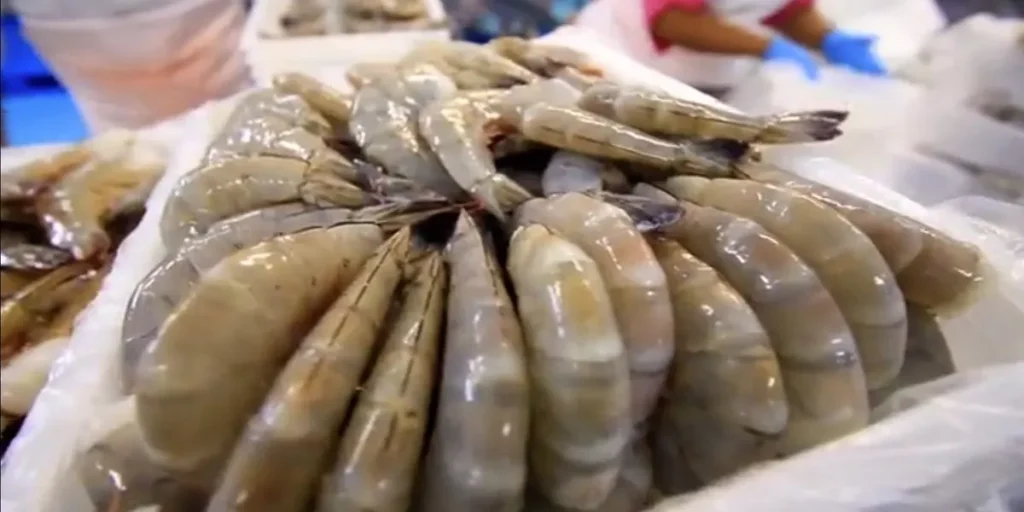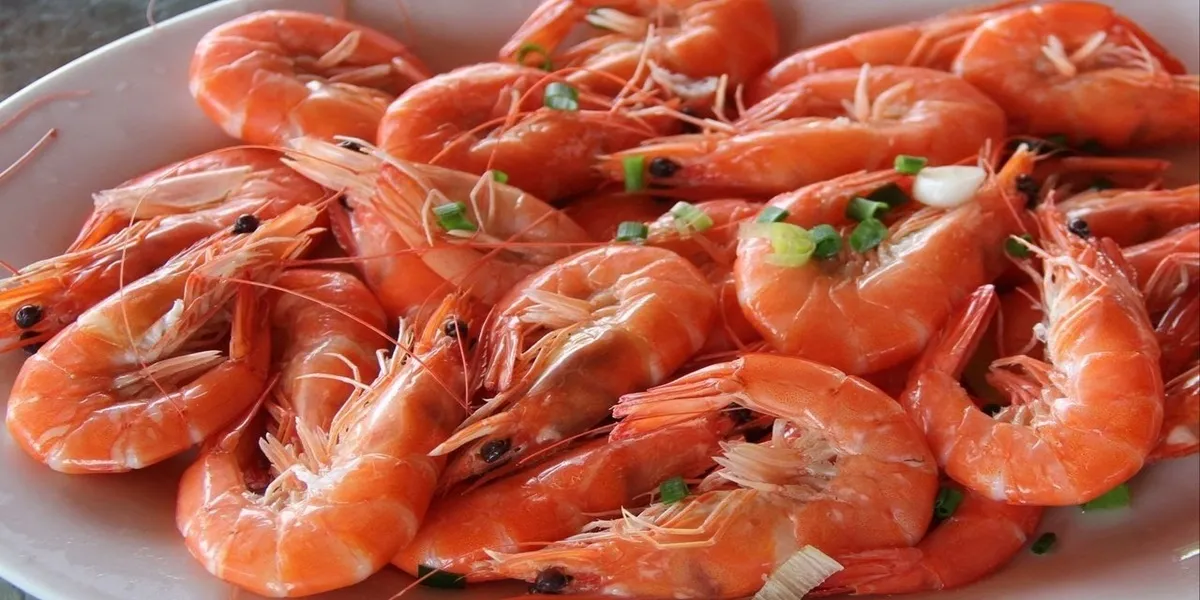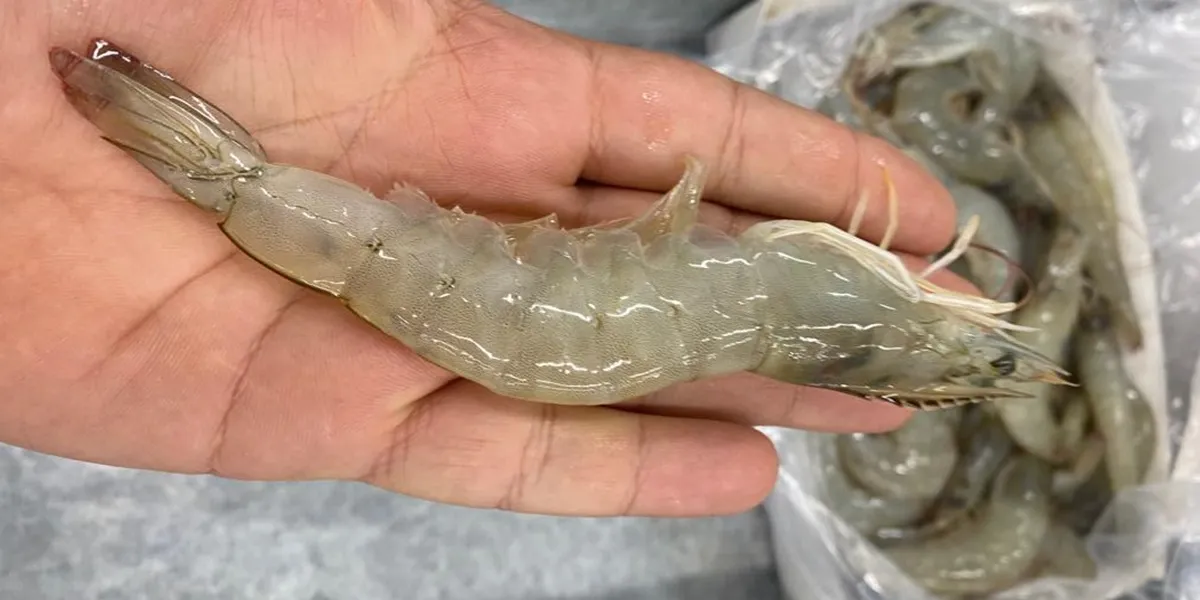Imagine a seafood that connects coastal traditions, cutting-edge aquaculture science, and a global appetite for protein — shrimp embodies all of these. Whether harvested from pristine oceans or carefully raised in sustainable farms, shrimp has become one of the most important seafood products traded worldwide. Its nutritional profile, culinary versatility, and role in global food security make it a subject of growing scientific and trade interest.
Wild-caught shrimp offer a direct link to natural marine ecosystems, while farmed shrimp highlight human innovation in aquaculture, focusing on efficiency, disease control, and sustainability. Understanding these two sources — and the unique benefits they provide — is essential for consumers, researchers, and policymakers alike.
In this article, we’ll explore the types of shrimp available, their nutritional advantages, and the broader global trade context that is shaping how shrimp reaches our tables. Stay with us as we dive deeper into the science, sustainability, and future of shrimp in the global marketplace.
Global Shrimp Market Overview: Size, Growth, and Key Drivers
The global shrimp market has become one of the most dynamic segments of the seafood industry, driven by rising consumer demand, improved aquaculture techniques, and expanding international trade. Shrimp is prized for its delicate taste, versatility in global cuisines, and its nutritional value, making it a staple protein source in both developed and emerging markets. As populations grow and diets shift toward healthier, protein-rich foods, shrimp consumption continues to rise steadily. Analysts highlight that growth is not limited to Asia, where shrimp farming is dominant, but also in North America and Europe, where shrimp remains the most consumed seafood after salmon.
Interestingly, agricultural and trade studies often compare shrimp markets with other high-value agricultural exports such as Iranian Dates, emphasizing how consumer preferences for natural, nutrient-dense foods are shaping international demand. While shrimp is unique in its aquatic origin, both shrimp and dates reflect how global markets value premium food items that combine taste, nutrition, and cultural significance. The drivers behind shrimp’s expansion include innovations in sustainable farming, increased cold-chain logistics, and growing awareness of seafood’s role in a balanced diet. Together, these elements ensure shrimp will remain central to the global seafood economy for decades ahead.
Wild-Caught vs. Farmed Shrimp: Definitions, Differences, and Consumer Perceptions
Wild-caught shrimp are harvested directly from oceans, rivers, and estuaries, representing a traditional fishing practice that connects communities to marine ecosystems. Farmed shrimp, on the other hand, are cultivated in aquaculture ponds and controlled environments, where producers manage feed, water quality, and disease prevention. This distinction shapes how consumers perceive the product. Many believe wild-caught shrimp offer a more “natural” flavor profile and associate it with environmental authenticity. Farmed shrimp, however, are valued for their consistency in size, year-round availability, and ability to meet growing demand without depleting wild stocks.
Recent surveys indicate consumer perceptions are deeply influenced by sustainability labels and certifications. Buyers increasingly want assurance that shrimp, whether wild or farmed, is sourced responsibly and without harm to ecosystems. Discussions around seafood often parallel the agricultural sector, where diversity and authenticity play critical roles. Just as food enthusiasts explore Iranian date varieties for their unique textures, flavors, and cultural heritage, shrimp consumers also seek to understand the differences between wild-caught and farmed options. This trend reflects a broader desire for transparency, quality, and sustainability in food sourcing, highlighting the importance of education and certification in guiding consumer trust.
Recent Production Trends: Which Sources are Growing Faster?
Global shrimp production has shifted dramatically over the past two decades, with aquaculture steadily surpassing wild capture as the primary source. Today, more than half of the world’s shrimp supply comes from farming, particularly in countries such as China, India, Vietnam, and Indonesia. This rapid expansion is fueled by technological innovations, disease-management strategies, and a global demand that wild fisheries alone cannot meet sustainably. Despite this, wild-caught shrimp remains a critical part of the industry, supplying niche markets that value authenticity and regional identity.
Analysts emphasize that aquaculture’s faster growth stems from its scalability and the ability to optimize breeding, feed, and harvesting cycles. By contrast, wild stocks are limited by ecological capacity and stricter regulations designed to protect marine biodiversity. This divergence reflects a similar pattern seen in other natural foods. Just as researchers highlight the Health benefits of dates, which have led to both increased cultivation and ongoing appreciation of naturally harvested varieties, the shrimp sector illustrates how consumer health awareness and sustainability are reshaping production. Looking ahead, experts expect aquaculture to dominate global supply, though wild shrimp will retain cultural and gastronomic importance in many markets.
Trade Flows & Export-Import Dynamics: Major Players, Key Markets
The global shrimp trade is highly complex, linking producers in Asia and Latin America to consumers across North America, Europe, and the Middle East. India, Ecuador, Vietnam, and Indonesia rank among the largest exporters, while the United States, Japan, and the European Union are the top importers. This global supply chain is shaped by international regulations, food safety standards, and shifting consumer expectations. The logistics of transporting shrimp rely heavily on cold-chain infrastructure, ensuring freshness and quality as the product moves thousands of kilometers from farm or sea to market.
A fascinating aspect of global trade is how different markets position their products against competitors. For example, comparisons such as Iranian Dates vs Medjool dates highlight how origin, quality, and cultural identity can differentiate products in competitive markets. Similarly, shrimp exporters emphasize certifications like Marine Stewardship Council (MSC) labels or Best Aquaculture Practices (BAP) to build consumer trust. Trade dynamics are also influenced by geopolitical factors, tariffs, and sustainability regulations. Despite challenges, shrimp remains one of the most valuable seafood commodities in international commerce, and its trade network continues to expand, connecting coastal producers to global dining tables.
Sustainability Challenges: Environmental Impact, Resource Use, and Wild Stock Health
Sustainability remains the central challenge in the shrimp industry. Wild-caught shrimp fishing often raises concerns about overfishing, bycatch of non-target species, and damage to delicate habitats such as mangroves and seafloors. These impacts have led to stricter international regulations and growing pressure on fisheries to adopt selective gear technologies that reduce ecological harm. On the aquaculture side, the rapid expansion of shrimp farms has triggered issues like water pollution, excessive use of antibiotics, and the destruction of mangrove forests for pond construction. Addressing these challenges requires a science-based approach to resource management.
Researchers are working on innovative solutions such as integrated multi-trophic aquaculture, alternative sustainable feeds, and improved waste-management systems. Certification schemes and eco-labels are becoming essential in guiding both producers and consumers toward more responsible choices. Ultimately, the long-term health of shrimp populations and the ecosystems they depend on will define the industry’s success. Consumers, too, play a vital role by choosing products that are verified as sustainable. By aligning ecological responsibility with global demand, the shrimp industry has the potential to protect marine resources while continuing to provide nutritious seafood for a growing world population.

Iranian dates vs Medjool dates
Regulatory & Certification Trends: Ensuring Safety, Quality, and Environmental Compliance
Regulation and certification play a critical role in shaping the shrimp industry, ensuring that products meet safety, quality, and environmental standards. Across major markets such as the United States, the European Union, and Japan, import regulations require strict compliance with food safety protocols, including monitoring for antibiotic residues, heavy metals, and pathogens. These measures are designed to protect consumer health and maintain trust in global seafood supply chains.
At the same time, voluntary certification systems are gaining importance. Labels such as the Marine Stewardship Council (MSC), Aquaculture Stewardship Council (ASC), and Best Aquaculture Practices (BAP) provide assurance that shrimp is produced responsibly, with attention to sustainability, labor standards, and environmental impact. Retailers and food service companies increasingly demand such certifications to align with corporate sustainability goals and consumer expectations.
In addition, traceability systems are becoming more sophisticated, with digital tracking and blockchain technology offering transparency from farm or fishery to plate. This not only reduces the risk of fraud but also strengthens accountability across the supply chain. Together, these regulatory and certification trends are pushing the industry toward safer, more ethical, and more sustainable practices, ensuring shrimp remains a trusted source of global nutrition.
Consumer Demand Patterns: Premiums, Preferences, Price Elasticity
Understanding consumer demand is essential to grasping how the shrimp industry evolves. Global consumption patterns reveal that shrimp is valued not only for its taste and convenience but also for its nutritional qualities, including high protein and low fat. However, consumer preferences vary significantly across regions. In North America and Europe, demand often leans toward value-added shrimp products, such as pre-cooked or peeled shrimp, highlighting convenience and time-saving benefits. In Asia, live and fresh shrimp hold cultural and culinary importance, driving strong demand for locally available species.
Premiums are paid for shrimp that carry sustainability labels, organic certifications, or distinctive qualities such as being wild-caught. Surveys indicate that younger consumers, in particular, are willing to pay more for responsibly sourced seafood that aligns with environmental values. Price elasticity also plays a role: while shrimp is widely consumed across income levels, shifts in availability or certification status can influence consumer choices.
Ultimately, demand is not shaped by price alone but by a mix of sustainability, transparency, and convenience. This mirrors global food trends where consumers increasingly want to know the origin, ecological impact, and authenticity of what they eat, making demand patterns a dynamic force in shrimp trade.
Technological Innovations Driving Shrimp Farming Efficiency and Sustainability
Technology is transforming shrimp aquaculture, making it more efficient, sustainable, and resilient to challenges. One of the most significant developments is the rise of Recirculating Aquaculture Systems (RAS), which allow shrimp to be raised in controlled, land-based environments that recycle water and minimize waste. This approach reduces environmental impact and ensures year-round production regardless of climate.
Advances in feed technology are another game-changer. Traditional shrimp diets relied heavily on fishmeal, creating pressure on marine resources. Today, alternative proteins such as insect meal, algae-based feeds, and plant-derived formulations are reducing dependency on wild fish while improving nutritional outcomes. Disease management has also improved with the use of genetic selection for disease-resistant shrimp and the application of probiotics to promote healthier stock.
Digital monitoring tools, including sensors, drones, and artificial intelligence, provide real-time data on water quality, feeding efficiency, and shrimp health. These innovations not only boost productivity but also help farmers quickly respond to potential problems, minimizing losses. Collectively, these technologies signal a new era in shrimp farming, where sustainability and efficiency are closely aligned. As adoption expands, aquaculture has the potential to meet growing demand without exhausting natural ecosystems.
Economic Risks & Trade Barriers: Disease Outbreaks, Climate Impacts
The global shrimp industry faces significant economic risks that can disrupt supply chains and trade. Disease outbreaks such as White Spot Syndrome Virus (WSSV) and Early Mortality Syndrome (EMS) have historically caused billions of dollars in losses, wiping out entire crops and destabilizing regional markets. Despite advances in biosecurity and genetic resistance, disease remains one of the largest threats to shrimp aquaculture.
Climate change adds another layer of complexity. Rising sea temperatures, ocean acidification, and extreme weather events can stress both wild and farmed shrimp populations, reducing yields and threatening coastal ecosystems. These impacts ripple through trade flows, creating instability for exporters and importers alike.
Trade barriers further complicate the picture. Regulatory restrictions, tariff disputes, and non-tariff measures such as strict food safety requirements can hinder market access. Producers must navigate these hurdles to maintain competitiveness in key markets. For developing countries where shrimp exports are a vital source of foreign exchange, such barriers pose significant challenges.
Overall, managing these risks requires global cooperation, investment in resilient farming practices, and diversification of supply chains. Without such measures, economic volatility could undermine the long-term growth and sustainability of the shrimp sector.
Future Forecasts & Market Projections through 2030+
The future of the global shrimp industry is shaped by intersecting trends of sustainability, consumer demand, and technological innovation. Forecasts indicate that shrimp consumption will continue to grow steadily through 2030 and beyond, with Asia remaining the dominant hub for production and consumption. Aquaculture is expected to account for an increasing share of global supply, supported by advances in breeding, disease resistance, and sustainable feed alternatives.
Environmental and regulatory pressures will continue to influence the sector, with governments and international organizations pushing for stricter sustainability standards. This will drive further adoption of certification systems and traceability technologies, ensuring that products meet both ethical and ecological expectations.
Consumer behavior will also play a pivotal role. As awareness of climate change and food sustainability grows, demand for responsibly sourced shrimp will likely outpace conventional options. This shift will benefit producers who invest early in eco-friendly and transparent farming systems.
By 2030, the shrimp industry is projected to serve not only as a major food source but also as a model of how aquaculture can balance productivity with environmental stewardship. The path forward is one of innovation, collaboration, and global responsibility.
Final Thoughts on the Global Shrimp Journey
Shrimp is more than just a popular seafood choice — it represents a fascinating intersection of ecology, technology, and global trade. Wild-caught shrimp reflect the richness of marine biodiversity, while farmed shrimp showcase human progress in meeting rising demand sustainably. Both play vital roles in providing high-quality protein, supporting livelihoods, and shaping international commerce.
As sustainability challenges and consumer preferences continue to evolve, the global shrimp sector will remain a powerful example of how tradition and innovation can work together. By understanding the differences, benefits, and trade dynamics of wild-caught and farmed shrimp, we can all make more informed choices for a healthier diet and a more sustainable future.




